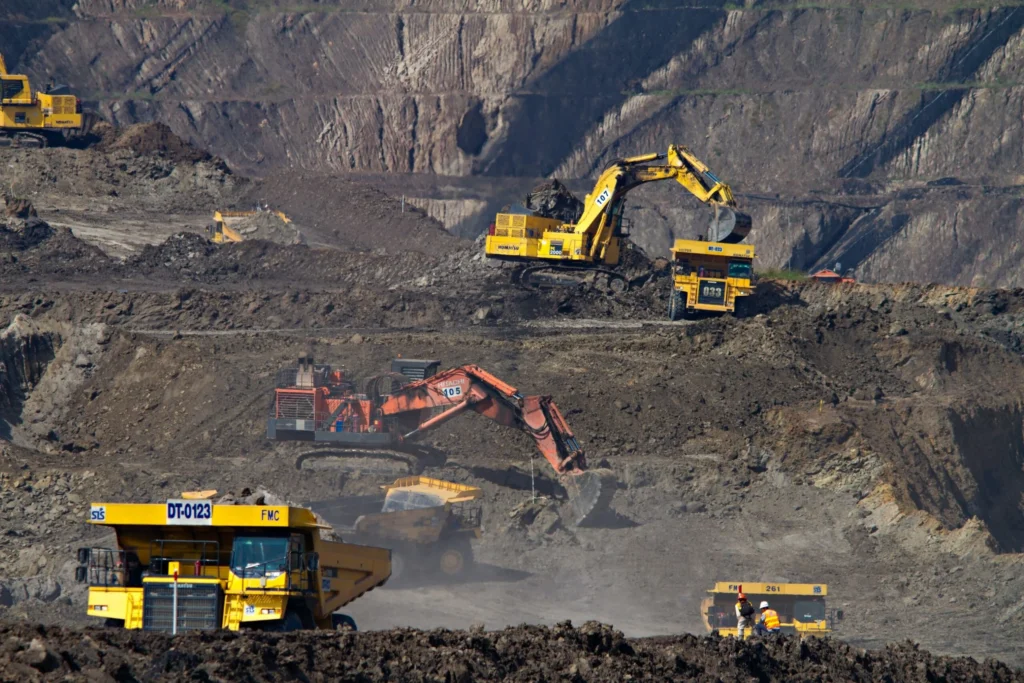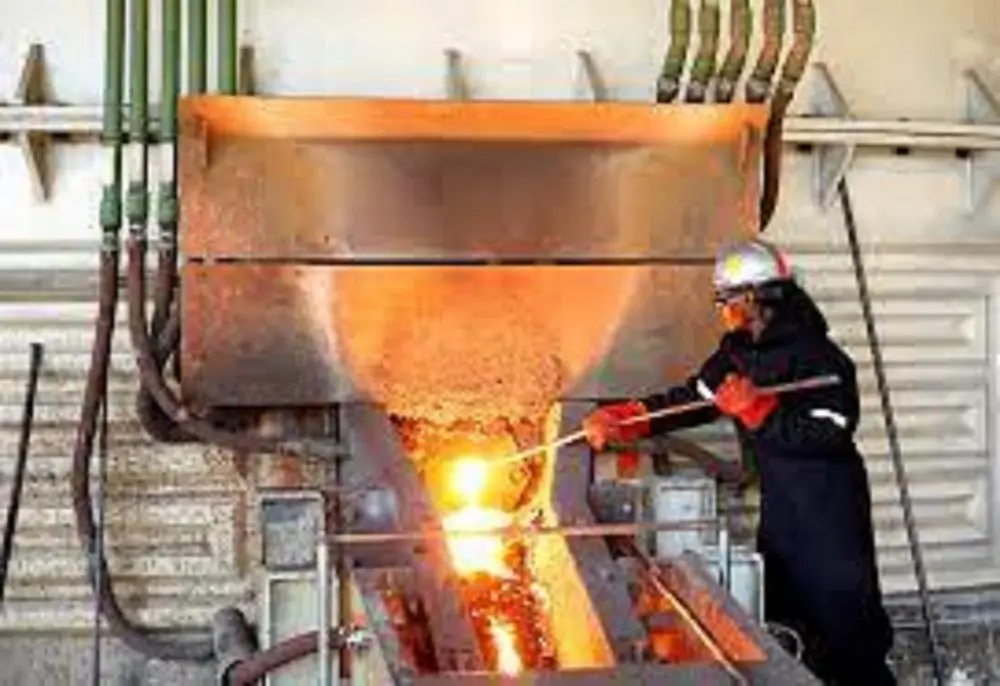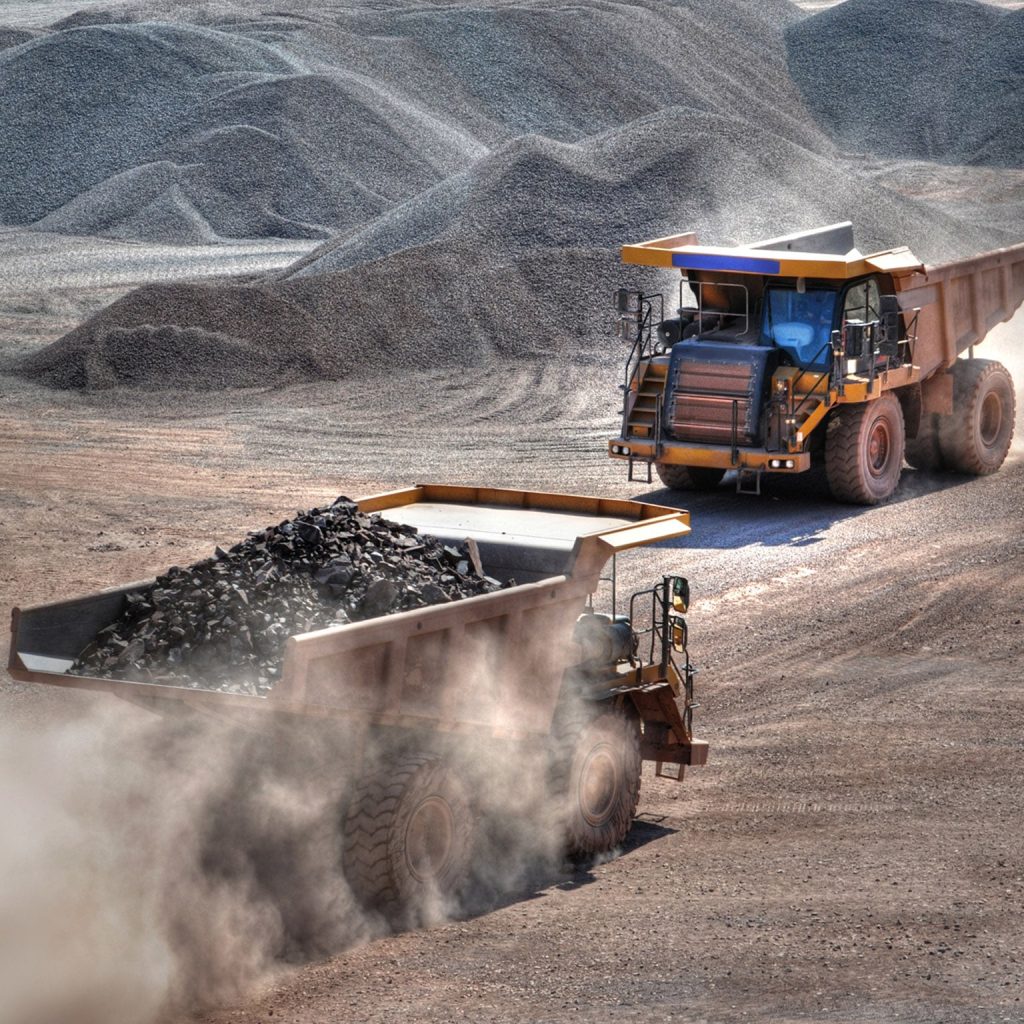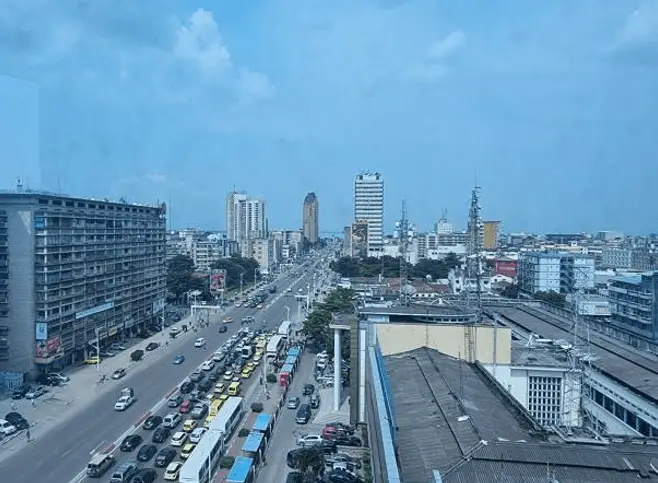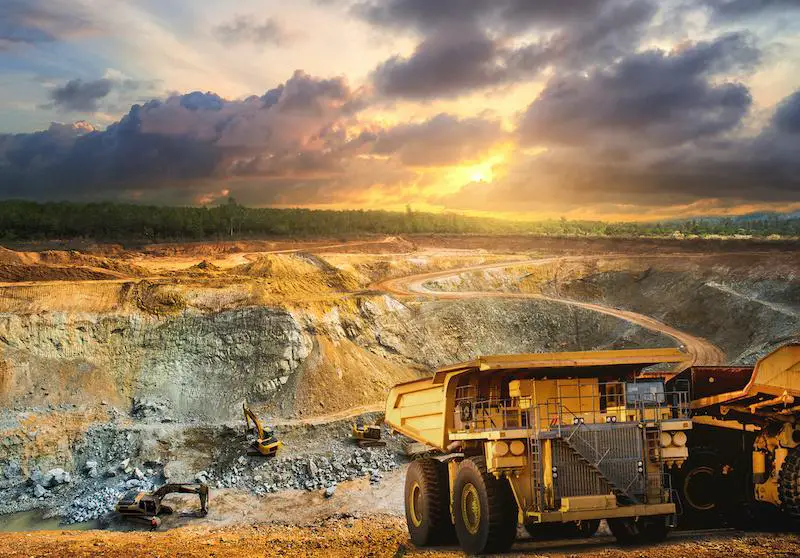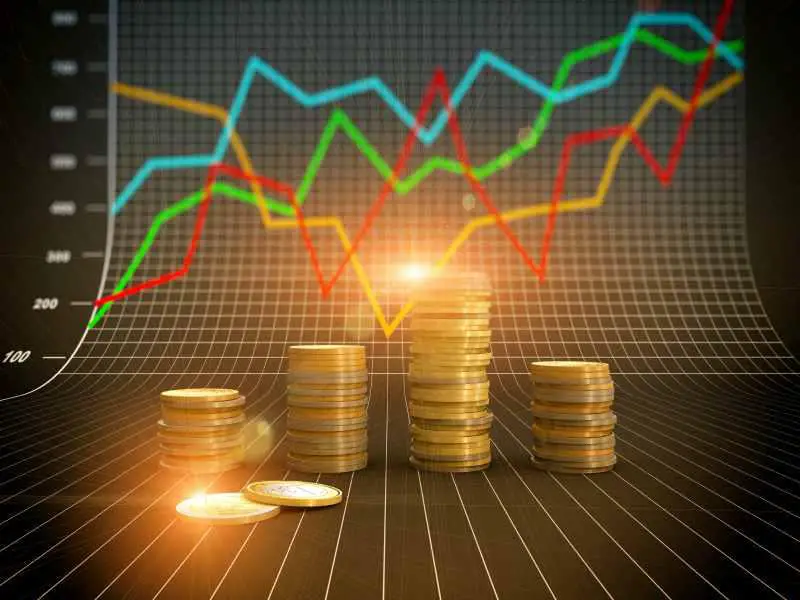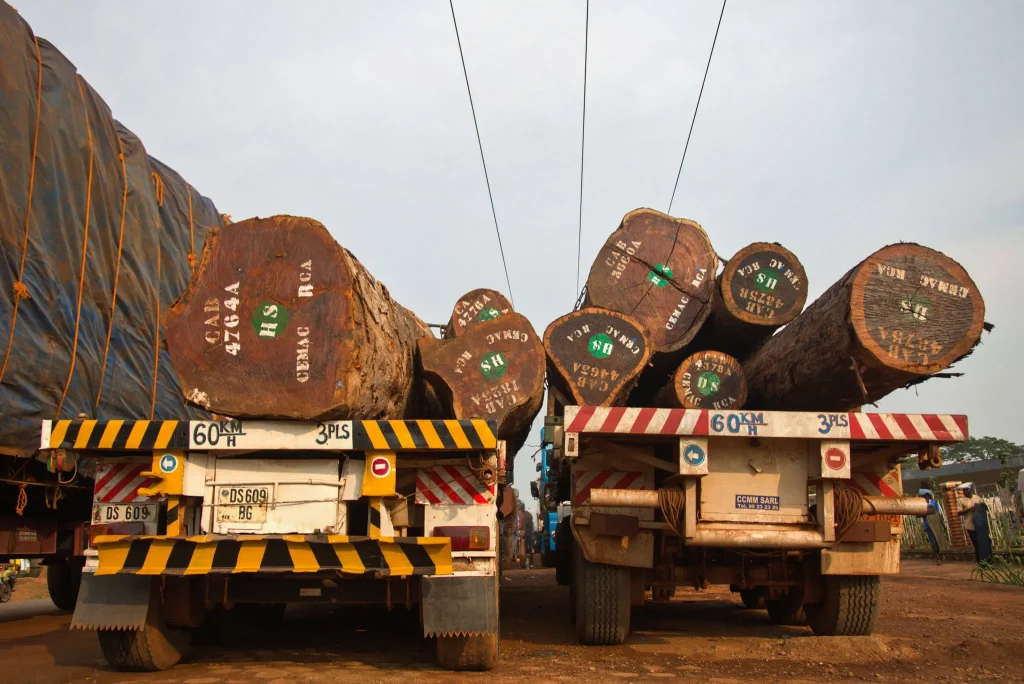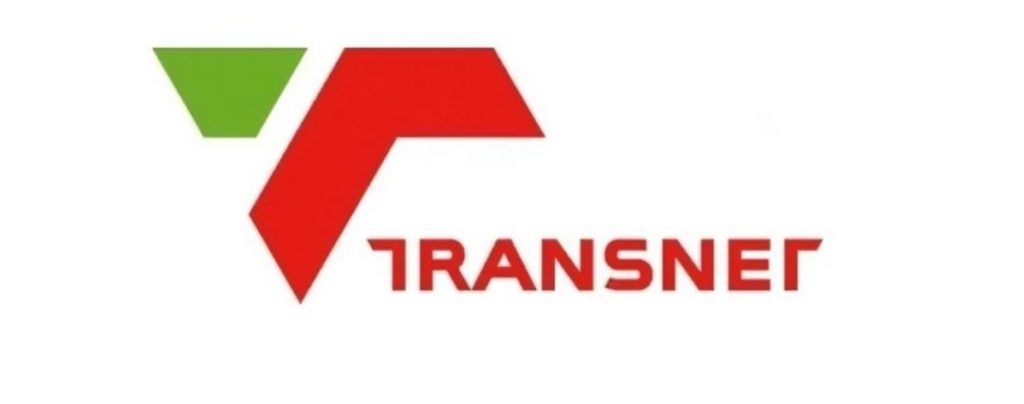- Africa’s Green Economy Summit 2026 readies pipeline of investment-ready green ventures
- East Africa banks on youth-led innovation to transform food systems sector
- The Washington Accords and Rwanda DRC Peace Deal
- Binance Junior, a crypto savings account targeting children and teens debuts in Africa
- African Union Agenda 2063 and the Conflicts Threatening “The Africa We Want”
- New HIV prevention drug is out — can ravaged African nations afford to miss it?
- From banking to supply chains, here’s how blockchain is powering lives across Africa
- Modern railways system sparks fresh drive in Tanzania’s economic ambitions
Browsing: Mining
Seasonally adjusted mining production increased by 2.2 per cent in the third quarter of 2022 compared with the second quarter of 2022. The largest positive contributors were gold with 9.6 per cent; diamonds with 20.4 per cent; coal 3.2 contributing per cent; and manganese ore with 10.2 per cent and contributing 0.7 of a percentage point according to Stats SA.
Mineral sales at current prices increased by 20.7 per cent year-on-year in September 2022. The largest positive contributors were: coal with 63.1 per cent and contributed 14.1 percentage points; gold contributed 122.4 per cent and contributed 10.0 percentage points; ‘other’ metallic minerals 164.0 per cent and contributed 3.1 percentage points; and manganese ore with 33.0 per cent and contributing 1.7 percentage points.
South Africa produces over 250 million tonnes of coal every year. It is estimated that almost 75 per cent of this coal is used domestically. Nearly 80 per cent of the energy needs of South Africa are taken care of by coal and over 90 per cent of the coal consumed on the entire African continent is produced in South Africa. The biggest coal deposits can be found in the Ecca deposits, a vein of the Karoo Supergroup in South Africa.
The government said several reasons have necessitated the new policy shift. The spike in mineral earnings ensures that there is revenue to support public expenditure while mineral reserves are also built to accumulate savings.
Zimbabwe’s President Emmerson Mnangagwa said a new policy that compels miners to pay half of their royalties in goods and half in cash will start from this month as the country attempts to make precious essence and mineral stashes for the first time.
The southern African nation will hold gold, diamonds, platinum and lithium reserves, Mnangagwa said in his daily column, published in the Sunday Mail review.
Patrice Thlopane Motsepe has entrepreneurship baked in his bones. It seems the South African born mining magnate has natural instincts…
Mining MX the South African mining industry journal published its 2022 edition of the Mining Yearbook recently. For many years,…
The Democratic Republic of the Congo (DRC) joined the East African Community (EAC) in March 2022 in a development that…
The answer is in the law and the governance models that these countries approach. The way in which the governments of those countries approach the mining industry is imperative.
In South Africa, the natural resource curse is more pronounced in the sense that while the mining sector has made a few individuals fabulously wealthy, inequality in that country has meant that while the richest of the rich get richer, the poor get poorer.
How can governments approach the mining sector to ensure its development leads to broad-based and shared prosperity for all? The answer is the same. The answer is in the respective governments and the legal frameworks for the mining industries of those countries.
Southern Africa, East and West Africa saw their flows of FDI rise in 2021. It was only in Central and North Africa that flows of foreign direct investment were flat or declined, respectively. Flows to North Africa fell by 5 per cent to $9.3 billion.
Egypt saw its FDI drop by 12% as large investments in exploration and production agreements in extractive industries were not repeated. Despite the decline, Egypt has the second highest flows of FDI in 2021 on the continent.
UNCTAD reports that it expects FDI flows to increase in North Africa owing to pledges of as much as US$ 22 billion to the region from Gulf states. In Egypt, according to the UNCTAD World Investment Report 2022 tripled green field projects of US$ 5.6 billion and real estate projects of US$ 1.5 billion.
In Morocco, FDI flows increased by 52% to US$ 2.2 billion. This was driven by a large international project finance deal announced in that country to finance the construction of a power line.
This is specifically in the case of South Africa, which has enjoyed the most benefit from the mining sector in the southern region. This benefit translated into further foreign direct investment flows of more than US$ 40 billion in 2021 alone, up from US$ 3 billion in 2020.
This is in contrast with Zimbabwe, which has been an investment pariah for the last two decades. Zimbabwe has not appropriated as much from its mining sector relative to South Africa, especially when viewed through the foreign direct investment lens. According to its central bank, the country garnered foreign direct investment proceeds of US$ 103 million for the year.
Regardless of the poor showing in FDI terms, the country has recorded a 33% rise in export earnings driven primarily by the mining industry to US$ 5.45 billion. This is to show that the mining sector is central to southern Africa’s economic development.
The Central African Republic was the 186th largest exporter in the world in 2020 with a total export value of US$127 million. The country’s exports decreased by US$26.1 million over the past five reported years, from US$153 million in 2015 to US$127 million in 2020.
Rough wood which contributed US$51.9 million in export earnings, gold (US$34.7 million), diamonds (US$14.7 million), sawn wood (US$9.55 million) and refined copper (US$6.66 million) are the most recent export leaders. China (US$50.8 million), the United Arab Emirates (US$37.3 million), Italy (US$12.2 million), Belgium (US$6.84 million), and France (US$4.5 million) are the Central African Republic’s top export markets.
Transnet Freight Rail, the South African rail logistics giant has few admirers lately. It has disappointed nearly all who rely…





